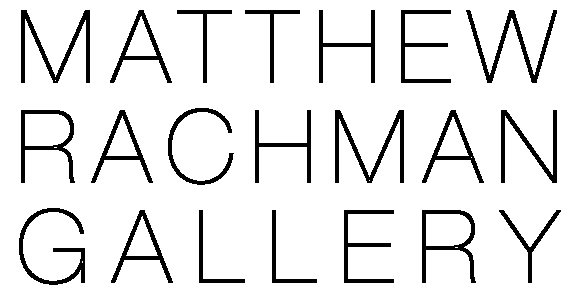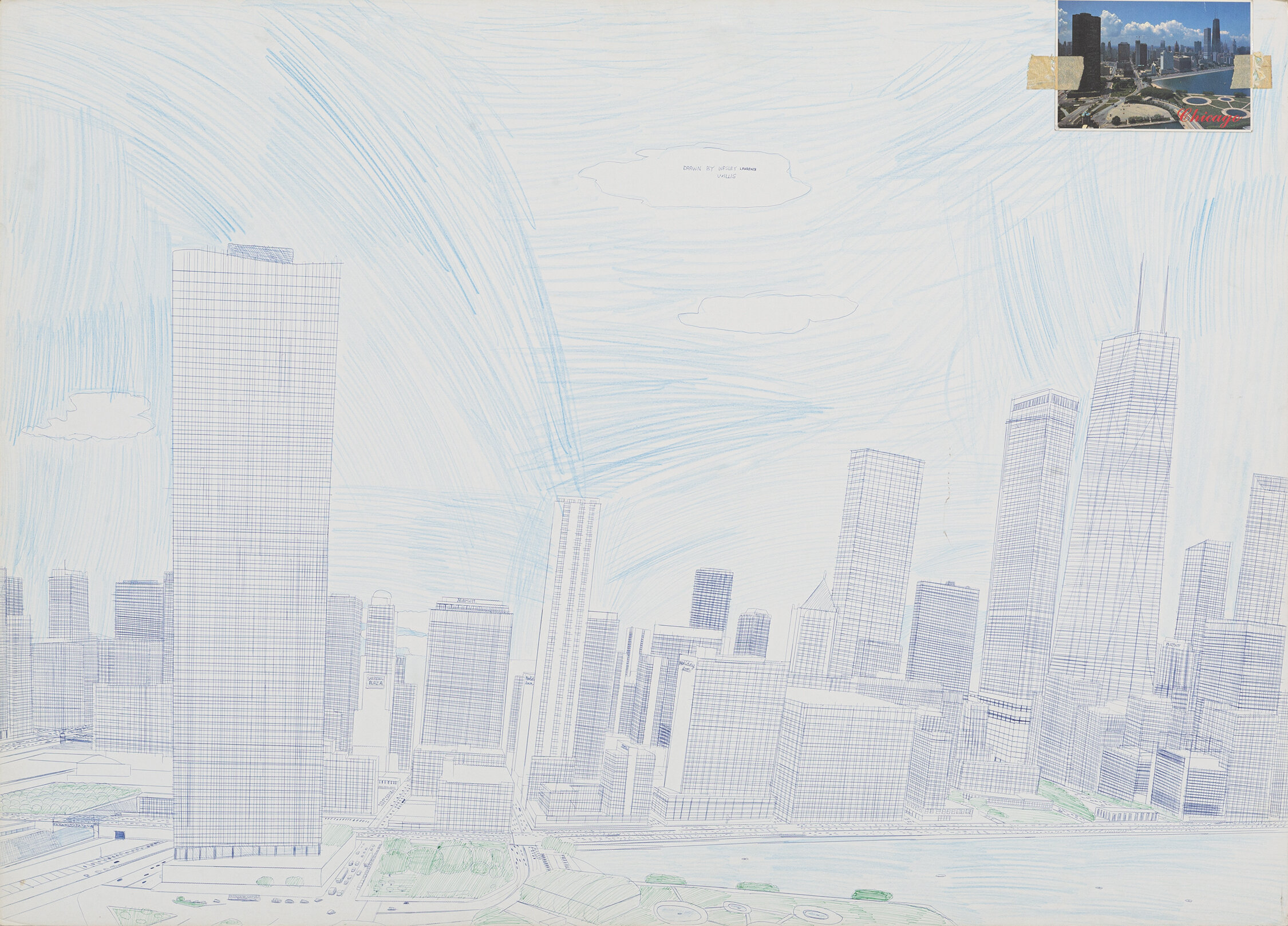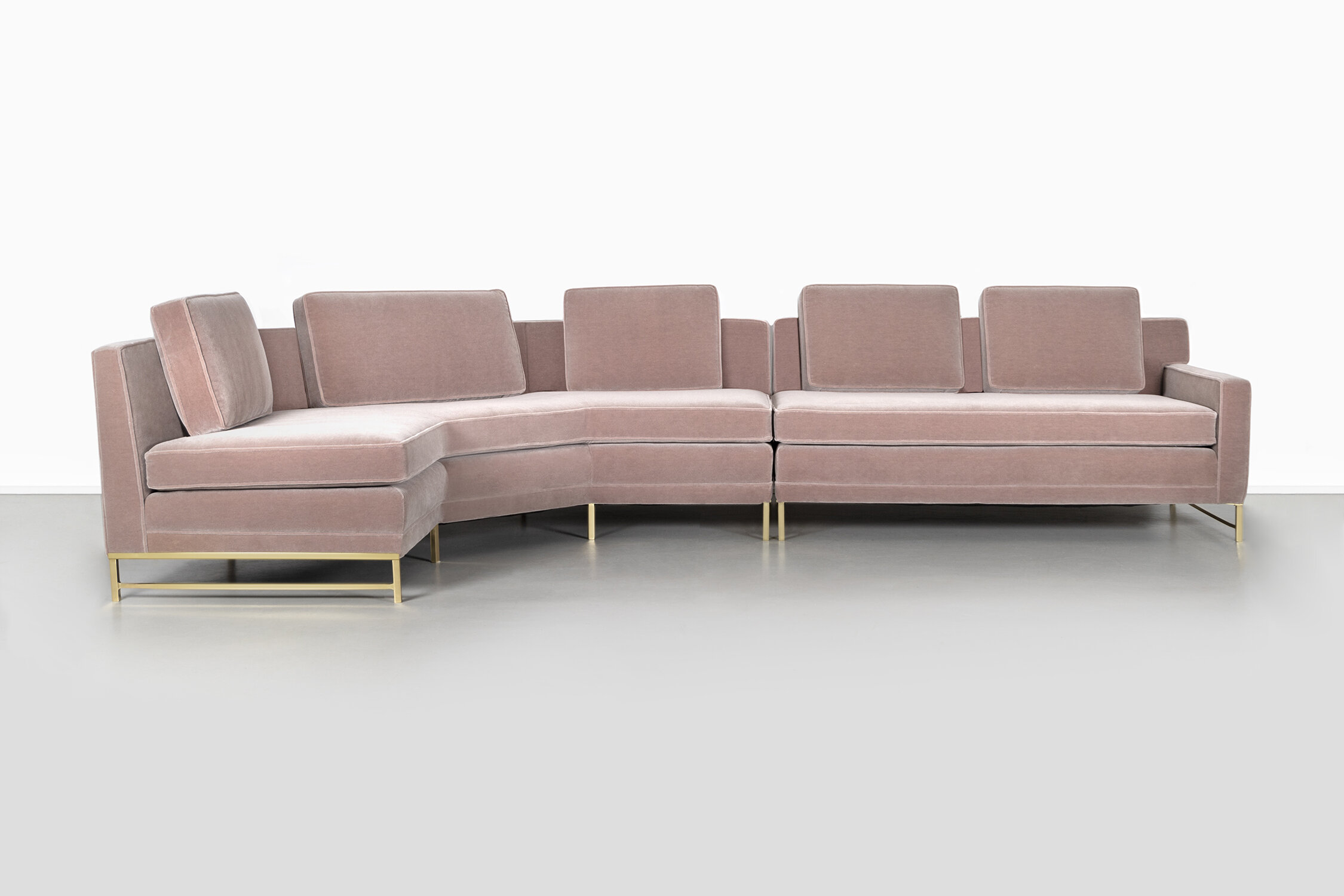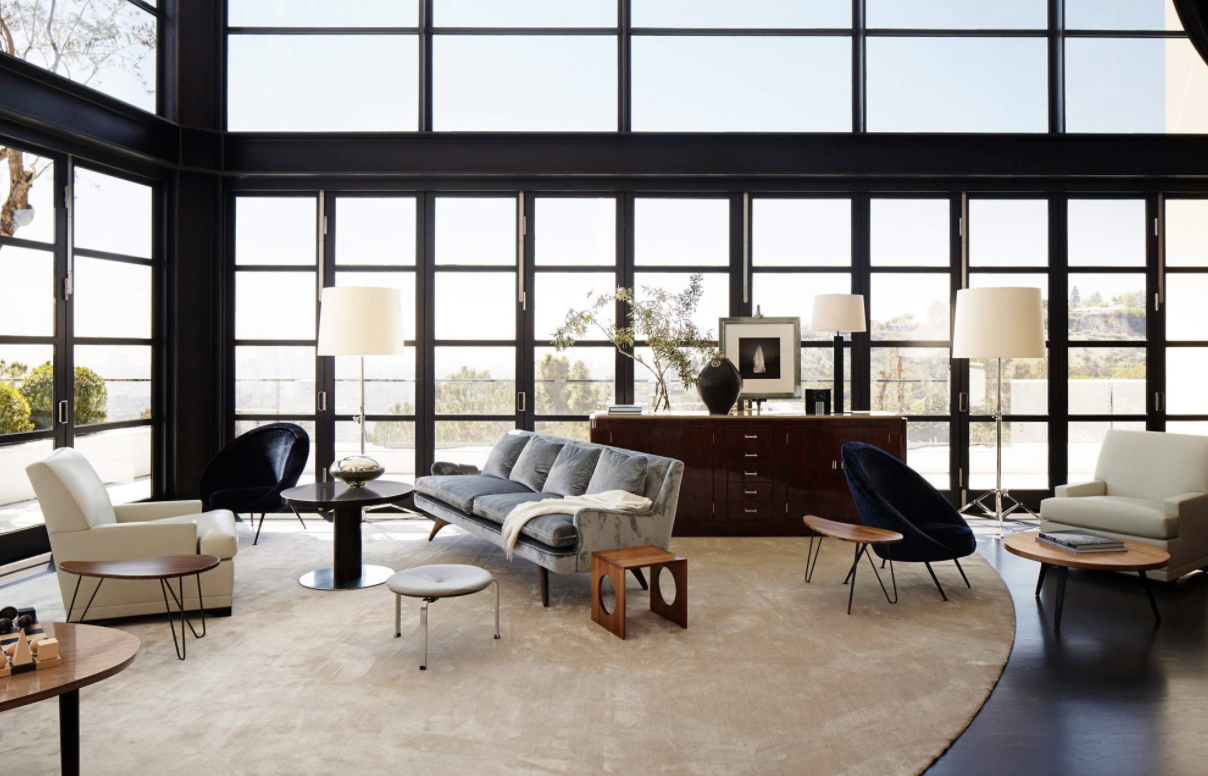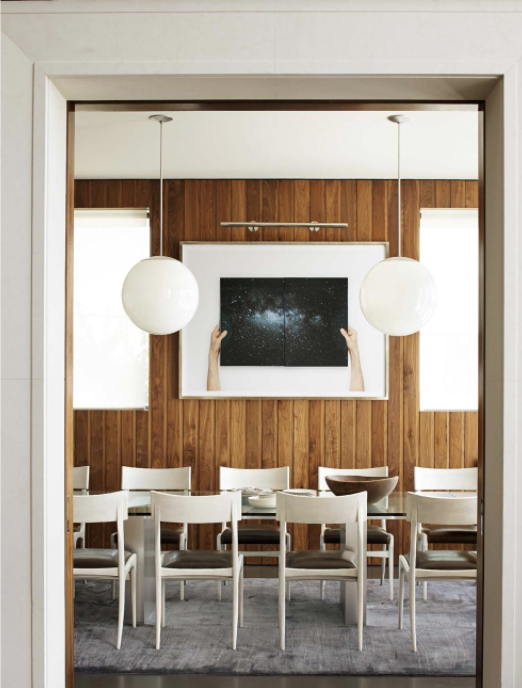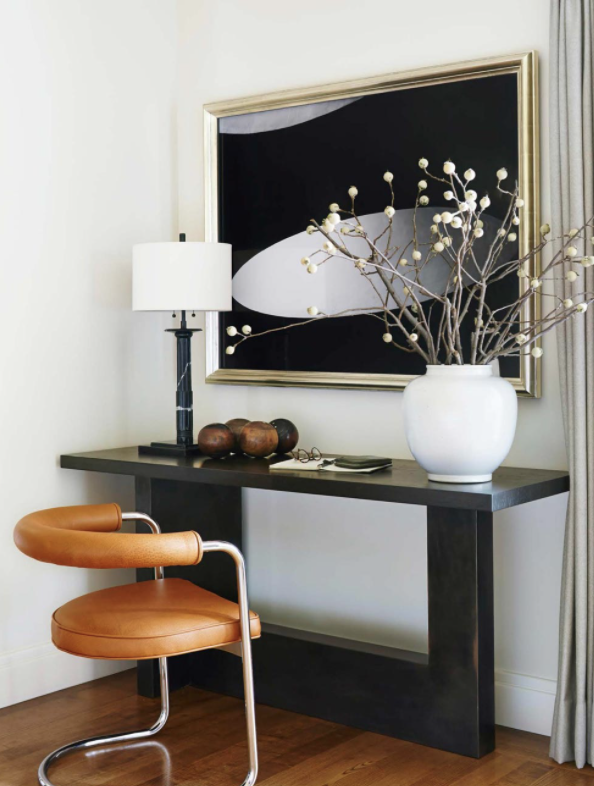Photograph © Anthony Iacuzzi
Wesley Willis (1963-2003) was a self-trained artist and native Chicagoan, growing up on Chicago’s Southside. Willis honed his technical abilities in the Chicago Public Schools, where he took drafting class and aspired to become an architect.
Willis could often be found sharing his drawings on the streets of Chicago and engaging those passing by, his personality and sensitive heart earning him a dedicated following. Willis’s graphic vision captures the urban life spirit of the late 20th century. As an intuitive artist he has made a bold, genuine, and unique contribution to the visual arts. His work is represented in significant museum collections both in Europe and America. His work was seen most recently in the show “Just Connect” at the Museum of Contemporary Art Chicago.
In addition to his art career, Willis was a part of the outsider music scene. He performed with The Wesley Willis Fiasco, Monster Voodoo Machine, and solo. A character named Milan in the ongoing Wonder Woman comic is based on him.
Willis’ interest in architecture and drafting training is seen in his work: exact, intentional lines, images of skyscrapers and trucks. He utilizes traditional drawing techniques with a heavy emphasis on perspective and vanishing points. He employs drafting methods to create surprising representations and intentional observations. There is a sort of meditative quality to his work: skylines comprised of hundreds of carefully drawn lines in ink, quiet studies of trucks. He brings a softness to the hard landscapes of the skyline with his handcrafted works.
